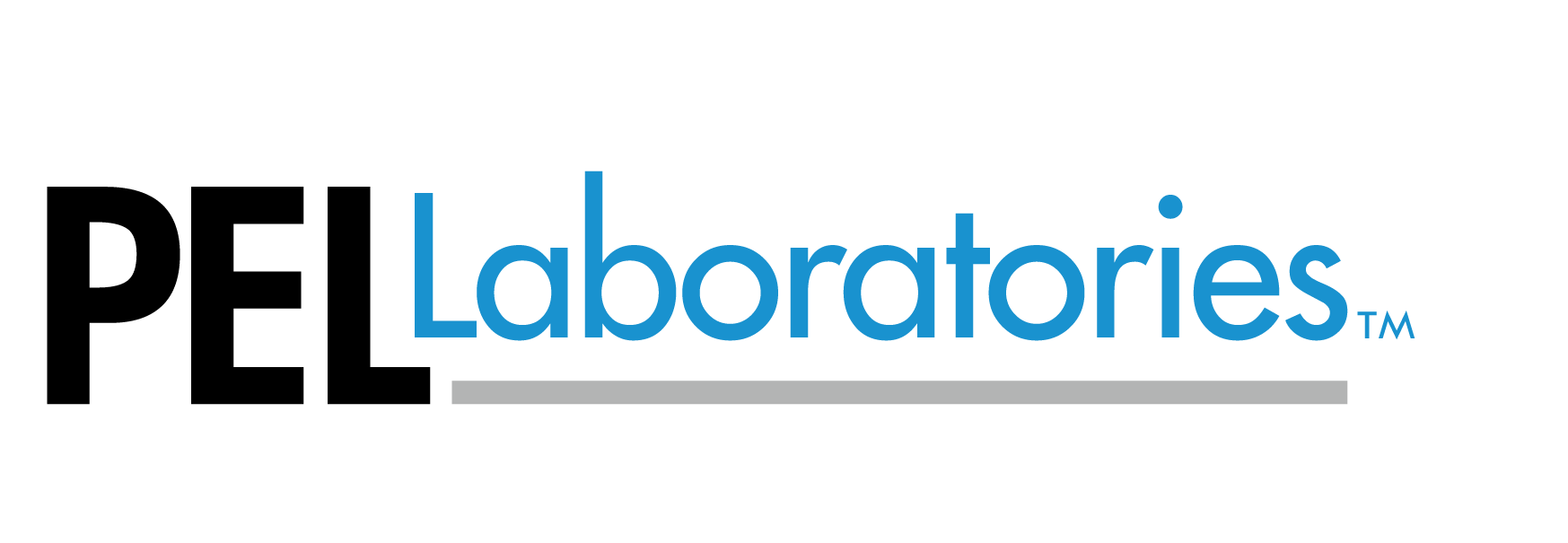Different Types of Mold Collection
Even though PEL Laboratories doesn’t collect mold samples, we often receive questions about what type of samples should be collected. Our job is to analyze the samples we receive, but we’re still knowledgeable about the collection process. Here’s a brief summary of different types of mold sample collection we receive and what their primary uses are. Credit to PRO-LAB of Weston Florida and Guzi-West Inspection and Consulting, LLC of Redding, CA.
Air Sampling – the most common sample type for studying indoor air environments—can involve ‘viable’ or ‘non-viable’ methods.
- Viable method: Spores are collected using an agar impaction plate—they must be alive at the time of testing so they can grow and be analyzed.
- Non-viable method: Spores are collected using an air-o-cell cassette or allergenco-D cassette. Both alive (viable) and dead (non-viable) mold spores are identified after analysis.
- Time duration: Time for sampling is set to prevent cassettes from overloading and to disperse air spores completely. Outdoor environments with no visible dust are sampled for ten minutes, indoor environments (with individuals present & moderate activity) for five minutes, and extremely dusty environments (ex. drywall renovation) for one minute—at the least.
Tape Lift Sampling – excellent, non-destructive method.
Tape lift sampling uses a clear adhesive tape or slide to microscopically examine stains, settled dust, and spores. The clear adhesive is pressed on the surface, removed with light pressure, placed on a clear slide/surface inside a sample bag, and submitted to the laboratory.
Bulk Sampling
Bulk sampling collects a destructive test of materials, such as pieces of building materials and carpet segments, and determines if they contain or show mold growth. A small portion of the material is collected that can be transported and handled easily by the laboratory (a 2” x 2” square piece is more than enough). The sample can be cultured for species identification or analyzed using direct microscopy for genus identification.
Swab Sampling
Swab sampling uses a sterile cotton or synthetic fiber-tipped swab to test an area of suspected mold growth. Samples are cultured for species identification or analyzed using direct microscopy for genus identification. Identified spores are typically reported as ‘present/absent.’
Carpet (filter-type) Cassette Sampling
Carpet cassette sampling uses a carpet cassette and portable air pump to collect mold, pollen, and other particulates. Samples are cultured for species identification or analyzed using direct microscopy for genus identification, just like the two previous methods of sampling.
Mold Analysis in Ann Arbor
At PEL Laboratories, we’re experts in mold analysis and know the collection process thoroughly. Our lab is located in Ann Arbor, Michigan and we are always open to questions! Feel free to give us a call at (877)-220-3528.

